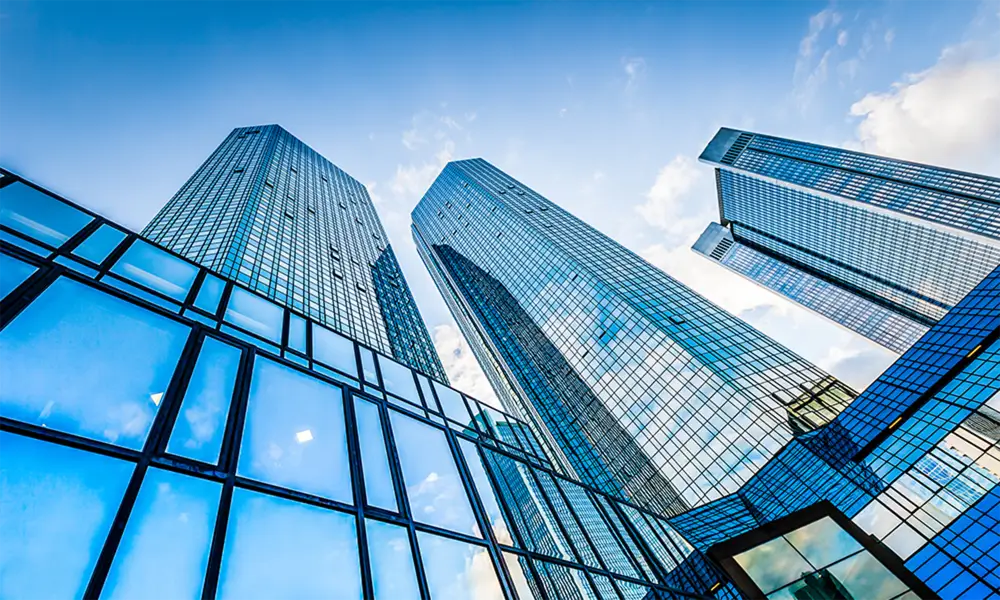

High Reflective Glass Enhancing Architecture and Energy Efficiency
High reflective glass, a remarkable innovation in modern construction materials, plays a pivotal role in transforming architectural design while enhancing energy efficiency. This specialized glazing solution is etched with a finely crafted metallic coating that reflects a significant proportion of solar radiation, offering pristine aesthetics and practical benefits to buildings.
One of the standout features of high reflective glass is its striking appearance. Available in various tints and colors, it is often employed to create sleek and contemporary exteriors. The reflective quality not only adds a futuristic edge to buildings but also blends harmoniously with the surrounding environment, making structures look more appealing. High reflective glass can create striking visual effects, reflecting the sky, trees, and cityscape, thereby enhancing the overall beauty of urban areas.
From an energy efficiency standpoint, high reflective glass is a game changer
. In regions with intense sunlight, traditional glass can lead to excessive heat gain, resulting in increased energy costs as air conditioning systems work overtime to maintain comfortable indoor temperatures. High reflective glass addresses this issue by deflecting harmful UV and infrared rays, significantly reducing heat absorption. Consequently, buildings fitted with this advanced glazing material require less energy for cooling, resulting in lower utility bills and a reduced carbon footprint.
Moreover, high reflective glass contributes to a building's sustainability. By minimizing energy consumption, it aligns with the growing trend of environmentally responsible architecture. Many architects and builders are now prioritizing eco-friendly materials, and high reflective glass fits perfectly into this paradigm. Its use can help in achieving green building certifications, such as LEED, which reflects a commitment to sustainability and can increase the market value of a property.
In addition to energy savings, high reflective glass provides enhanced comfort for occupants. By maintaining stable indoor temperatures and reducing glare from direct sunlight, it creates a more pleasant living and working environment. This functionality is especially important in office buildings, where glare can impede productivity.
In conclusion, high reflective glass serves as a significant advancement in the realm of architectural materials. By combining aesthetic appeal with energy efficiency and sustainability, it represents a forward-thinking choice for modern construction. As the demand for eco-friendly solutions grows, high reflective glass is poised to become increasingly prevalent, shaping the skylines of the future while promoting greener building practices.